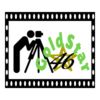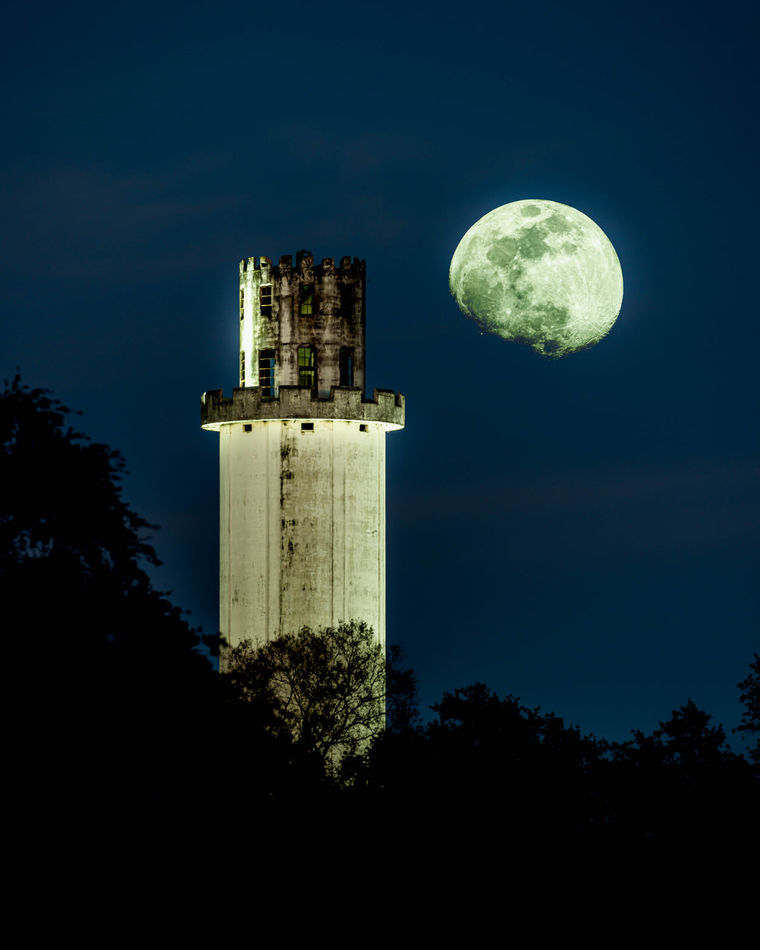Blown Out Pics of the Moon
Jan 13, 2012 16:35:58 #
The best time if possible is before the sky is completely dark so less contrast. But my question is why is it recommended that you switch off VR? What is the problem with leaving it on?
Jan 13, 2012 17:31:44 #
CocoRoger wrote:
On this particular night the moon came up 3 hrs after the sunset. It was roughly 2.5 hrs later from the night before. 4 nights before the full moon you could see the moon while it was still light out. I always thought it was like the sun, like a minute difference from day to day---boy was I wrong!! Obviously the local weather channel in Mpls doesn't know either because I contacted them and they were off by an hour and a half. When you use a tripod, VR can have detrimental effects because the system may try to adjust for movement that isn't actually occurring. This recommendation assumes that the tripod is "Locked Down" so that the camera is immovable........The best time if possible is before the sky is completely dark so less contrast. But my question is why is it recommended that you switch off VR? What is the problem with leaving it on?
Jan 13, 2012 17:45:10 #
richardp1958
Loc: Los Angeles
coco1964 wrote:
Thanks all for your input, I've learned alot espec... (show quote)
Here are a few that I shot during the full moon in Nov. The first one was on the day of the full moon. Moon rise was before sunset. The second was my 1st attempt at Photoshop, cropped the moon to enlarge it, then reinserted it. The third was from the next day. Moon rise was about 45 minutes later
f/9 ISO 400 1/200sec
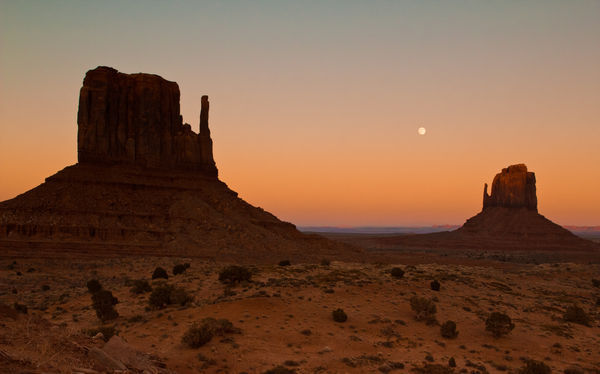
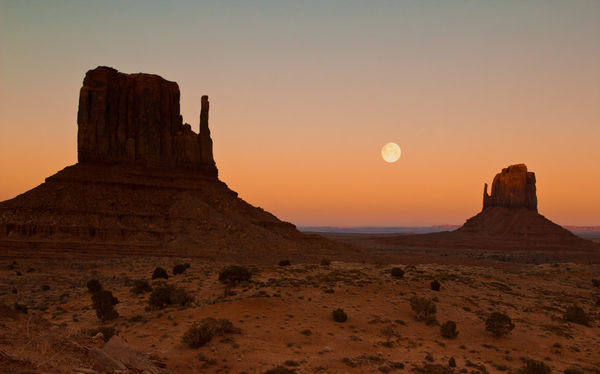
f/1.4 ISO 500 1/13 sec
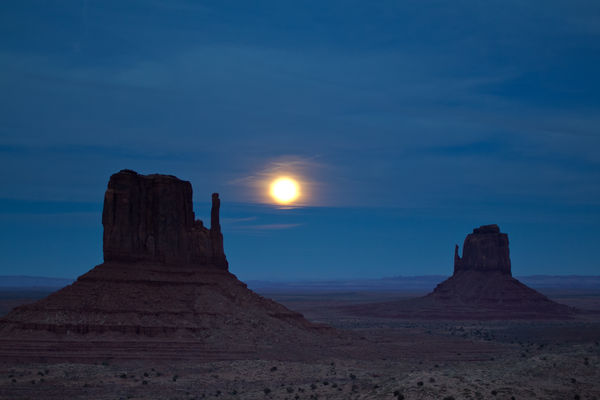
Jan 13, 2012 18:33:47 #
One of the best ways to plan the time of shooting the Moon in any of it's phases is the use of The Photographer's Ephemeris which will plot the location and direction of Sunrise and Moon Rise as well as settings and times and phases. Sunsets and Moonsets are depicted as well in darker lines of direction. Very simple tool to use and you can easily lookup any point on the globe and bookmark favorite locations. I use one on an Ipad they are also available for Android or desktops which applies to laptops or PC.
here is a picture of the interface.
http://photoephemeris.com/
here is a picture of the interface.
http://photoephemeris.com/
http://photoephemeris.com/
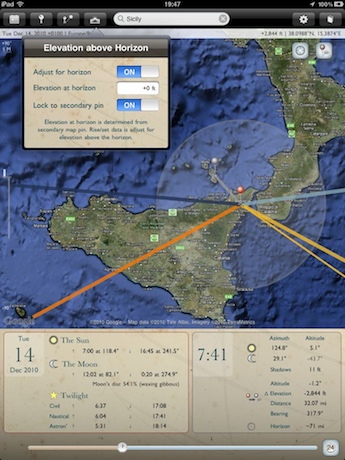
Jan 14, 2012 12:22:28 #
Here is a great website that will tell you all the astronomical data you might need concerning sunrise, sunset, moonrise, moonset, moon phases etc.: http://www.sunrisesunset.com/predefined.asp
It will let you print all the info you might want for a month so you can plan ahead.
On this particular night the moon came up 3 hrs after the sunset. It was roughly 2.5 hrs later from the night before. 4 nights before the full moon you could see the moon while it was still light out. I always thought it was like the sun, like a minute difference from day to day---boy was I wrong!! Obviously the local weather channel in Mpls doesn't know either because I contacted them and they were off by an hour and a half. When you use a tripod, VR can have detrimental effects because the system may try to adjust for movement that isn't actually occurring. This recommendation assumes that the tripod is "Locked Down" so that the camera is immovable........[/quote]
It will let you print all the info you might want for a month so you can plan ahead.
On this particular night the moon came up 3 hrs after the sunset. It was roughly 2.5 hrs later from the night before. 4 nights before the full moon you could see the moon while it was still light out. I always thought it was like the sun, like a minute difference from day to day---boy was I wrong!! Obviously the local weather channel in Mpls doesn't know either because I contacted them and they were off by an hour and a half. When you use a tripod, VR can have detrimental effects because the system may try to adjust for movement that isn't actually occurring. This recommendation assumes that the tripod is "Locked Down" so that the camera is immovable........[/quote]
Jan 21, 2012 00:45:21 #
You can always take 2 shots one of the moon in focus and one of the landscape in focus and then blend them with a layer mask
Jan 21, 2012 18:02:13 #
jaymi1028
Loc: Los Angeles
in order to get the moon properly exposed the rest of the picture will be underexposed. there's no way around that (besides digital composites.) You need to expose for the moon. Keep your ISO low, and your aperture constant, and very gradually speed up the shutter speed, a little at a time until the moon reaches the proper exposure.
Jan 30, 2022 18:57:29 #
coco1964 wrote:
Went down to the lake night before last and tried ... (show quote)
================================================
coco1964 --
I have read most of the responses here and as a long-time landscape shooter, I would like to offer you a different approach for your shot... YES, there are many ways to do this... and other people do have solutions that will work... but, this is what works for me.
First, I will agree with others here and state that the "F/16 Rule" or the "Sunny f/16" rule just does not apply... That rule is for 'daylight' shots, where lighting is 'somewhat' even through the entire frame of the image..... Here, you actually are dealing with - two lighting conditions.
The first is the 'dark' image which is your landscape, and the foreground of the image which is light at 'night time' conditions....... Second, you have the brightness of the moon, which is very much closer to 'real daylight' conditions... Just remember, the moon is a planet, where the source of light is solely the sun... So, this is actually closer to 'daylight' conditions... NOW, what will change this is, atmospheric pollution, clours and or dust, or micro particles in our earth's atmosphere...
With that said, you must look at it as if you are actually shooting two different pictures...
NOW... for the solution... -- Bracketing and them blending of 2 or more of the captured images.
The objective is to have one image which has good exposure for the foreground, and to have a second image for the exposure of the moon itself... and 'blend' or 'photo merge' in lightroom...
As for me.... I am lucky in that now I own the Canon EOS R5 and I can use 'exposure simulation' which means... this is the 'live-view' of other DSLR cameras, and what I see of my screen is actually what is being seen by the camera sensor...
If you don't have 'exposure simulation' -- Try this...... Experiment which you shooting/exposure of the landscapes.. Them, using that as a 'beginning for you lower exposure of the bracketed shots... do a 7 or 9 exposure of the scene with the moon in it.... then check you last images to see if the exposure for the moon is close....... you may need to vary your amount between each of the 7 or 9 shots either 1 stop or more. to cover the range........ Which is called the 'Dynamic Range' of your target image..
Then, do home, find the images you like for the foreground, then the image for the moon, and them do a photo merge of these selected shots......
In closing, I will attach one such shot done in this fashion of one of our Tampa landmarks which was taken back last Jan of this year.....
Let me know if I can help
Cheers
George Veazey
####
Jan 30, 2022 20:51:30 #
goldstar46 wrote:
================================================ b... (show quote)
I never understand the point of dragging up a ten year old thread to comment on. It looks like the OP hasn't posted anything since 2015.
Jan 30, 2022 21:14:29 #
Yes....... Understoon
To be honest with you, I have no idea how I "landed" on this specific post... and it sparked my interest... and then after I did 'submit' the info... I realized how old it was......
The Secondary Real Problem here is: I have NO Idea how to 'delete' my post....
........ so I just make the best of it......... Live and Learn -- to look closer I would say
Cheers
George
To be honest with you, I have no idea how I "landed" on this specific post... and it sparked my interest... and then after I did 'submit' the info... I realized how old it was......
The Secondary Real Problem here is: I have NO Idea how to 'delete' my post....
........ so I just make the best of it......... Live and Learn -- to look closer I would say
Cheers
George
Jan 31, 2022 08:00:04 #
Profshane
Loc: Pittsburgh, PA
If he is using a tripod as the OP originally stated, you should switch the vr off. If handheld, then you want the vr on. Don't need stabilization when on a tripod as it can work against you.
Feb 1, 2022 08:50:13 #
gvarner
Loc: Central Oregon Coast
To get the moon and foreground exposed properly you need to shoot while there is still light on the foreground. A landscape when it’s too dark will always dominate the exposure and the moon will be blown out unless you use a neutral density filter to reduce the exposure on the moon. You want the exposure on the moon to be equivalent to a broad daylight exposure.
Mar 15, 2022 12:08:42 #
one thing I do Is manual focus, and low ISO .F8 or higher when trying to get scenery , remember shooting the moon is shooting a reflection of the sun, its brighter than you think.
If you want to reply, then register here. Registration is free and your account is created instantly, so you can post right away.





